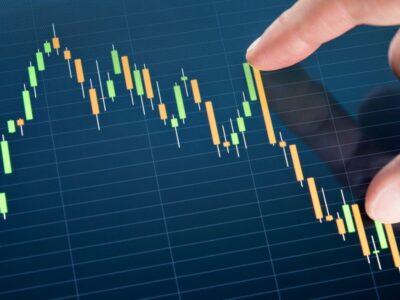The number of trades made on a regular basis doesn’t only rely on the trading strategy they use, but also keeping the timeframe in mind. Inexperienced traders are attracted to the short-term timeframes which also delivers faster trading action when compared to long-term timeframes. But, it also has a few drawbacks, and there are many advantages of trading long-term timeframes over short-term.
High Frequency Trading
High frequency trading is not inclined to the multiple, fast-paced trades that are implemented by automated trading algorithms, but the multiple trades implemented on short-term charts by the traders. As a matter of fact, this is the method of trading implemented by most of the traders in the market nowadays. There is a misconception that higher the frequencies of the trade, higher are the chances to make money. This thinking process has consumed many people who believe that money is a direct function of time. The more time recorded at work, greater the financial rewards. But when it comes to the Forex trading, this case is quite to the contrary. The lesser the time spent, more likely there are chances to pick out trades with high rewards to risk potential. The people who are prone to check the charts every now and then are too prone to fall into traps as follows:

- You overestimate your capacity and technical capabilities.
- You are prone to use up precious margin and leave very little for high probability trade opportunities that may come up in the future.
- You do not let the opportunities fall well into place.
- You start to see opportunities which do not really exist.
- You tend to overtrade and start to chase the market to recover your losses.
Low Frequency Trading
Quite the contrary to the high frequency trading, we have low frequency trading which refers to the few trades taken over on a monthly basis, generally due to the these trades being constructed on long term charts and take more to evolve, but eventually deliver better returns on investments.
All types of long term traders are aware of the fact that the daily chart is the easiest way and is a better indication of the trend than short term charts. Trends are available in three phases.

- Major trends, which are prone to last for more than 6 months
- Intermediate trends that are basically the corrections of the primary trend
- Minor trends which act as a noise on short term charts.
What surprises us is the fact that what seems to be an uptrend in a short term chart could actually be an upside retracement or an intermediate trend on a daily chart. High frequency traders who are prone to use false information delivered by the short term charts tend to go long, it eventually gets blown off course by the low frequency traders who are actually expecting to sell on the short term in the way of the underlying trend. Because of the fact that the people and organizational bodies who actually control market volume on the long term charts, is actually deteriorating. You can only row a small boat on the river until and unless there is no counter-current. Once it makes an appearance, even the best small boat rowers will be flowed off course with the current. Click here to know more.












Comments